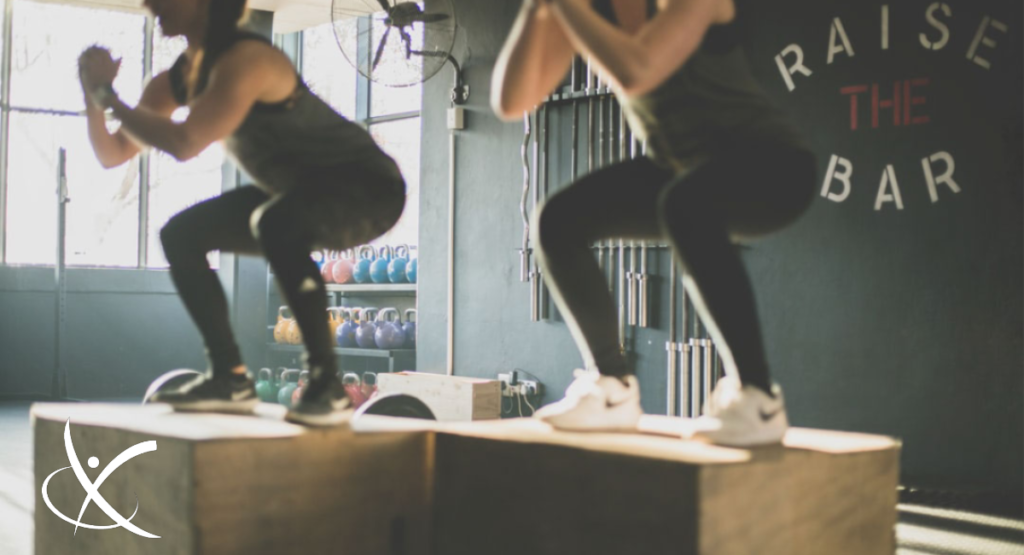The Two Most Important Exercises To Be Able To Execute
A 12-week progression for squats and lunges
The squat and the lunge are two very specific exercises that have significant carry over into the real world. I’m not going to use the dirty “F” word because I think it is overplayed in today’s fitness climate (the word is “functional” for those of you looking for the Irish Spring Sport to wash my mouth out). The pure demand placed on your larger joints packs a big punch and has a lot of return on investment to increase the capacity of your body. This is why they are so beneficial. So where should you begin?
Well for starters, it’s always safer to start with double leg exercises and then progress to single-leg exercises. I find a lot of people see lunges as a great exercise and jump right into it without realizing they are placing significant stress on one single leg before they have mastered the same motions with both legs. That is almost a 100% increase in stress in some instances. Therefore, I always suggest people start with a baseline “Goblet” squat as their goal for squatting before thinking about a barbell in a rack. For an additional insurance policy, a goblet squat to a bench or a box is an excellent variation to minimize injury risk while still welcoming the same great benefits to the non-bench variation. Once someone has mastered these variations and can safely and comfortably hold up to half of their body-weight, it’s a great time to start thinking about single-leg variations such as lunges or split squats. Now, this is by no means a requirement to progress from squats to lunges, I’m simply saying in a lot of the populations I have worked with, this was a common benchmark before pain dissipated, and movement strategies were neatened up by the person. So please take that for what it’s worth.
When it comes to unilaterally-loaded movements, the split squat and lunge get the thumbs up from me without question. Again, progressing from bodyweight to “Goblet” hold and then finally to single-sided holds can yield fantastic results for the legs. I’ve recommended this before, but oftentimes the arms can become a limiting factor so weight vests can be a life-saver when the goal is to add up to 50% body weight in movements. You really can’t go wrong with a vest that can hold up to 60lbs. There’s really not much more I can say here other than they should be respected, but lunges should also be included in everyone’s program when appropriate.
To clean things up a bit, this is what a solid plan could look like for someone getting back into lifting or to someone who is coming back from an injury, back, leg, or otherwise:
- 2 Weeks: Goblet Squat to a Bench
- 4 Weeks: Goblet Squat without a bench (add tempo)
- 4 weeks Goblet Split Squat
- 2 weeks Split Squat with Single-Sided Weight
This is a 12-week progression that is safe and effective if executed properly. We encourage you to try it and as always, reach out if you have any questions!
Happy Training!
